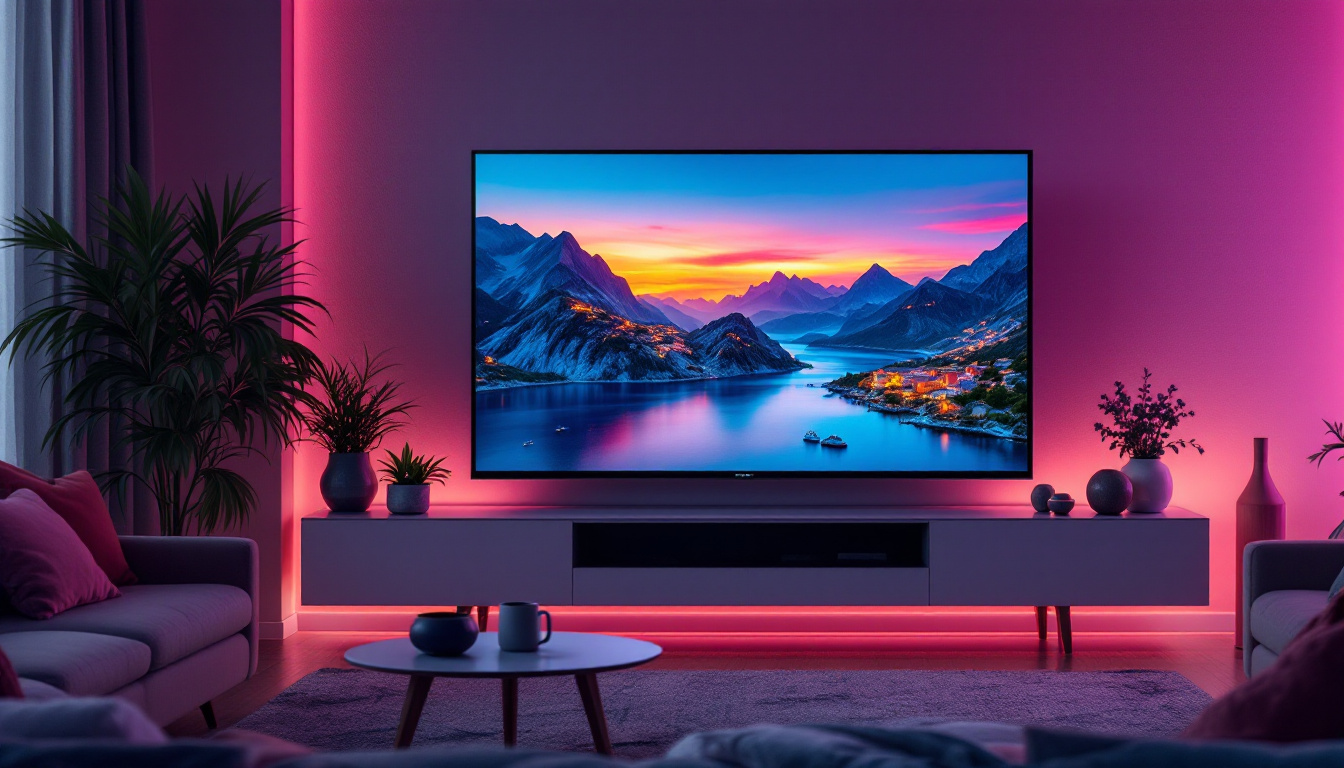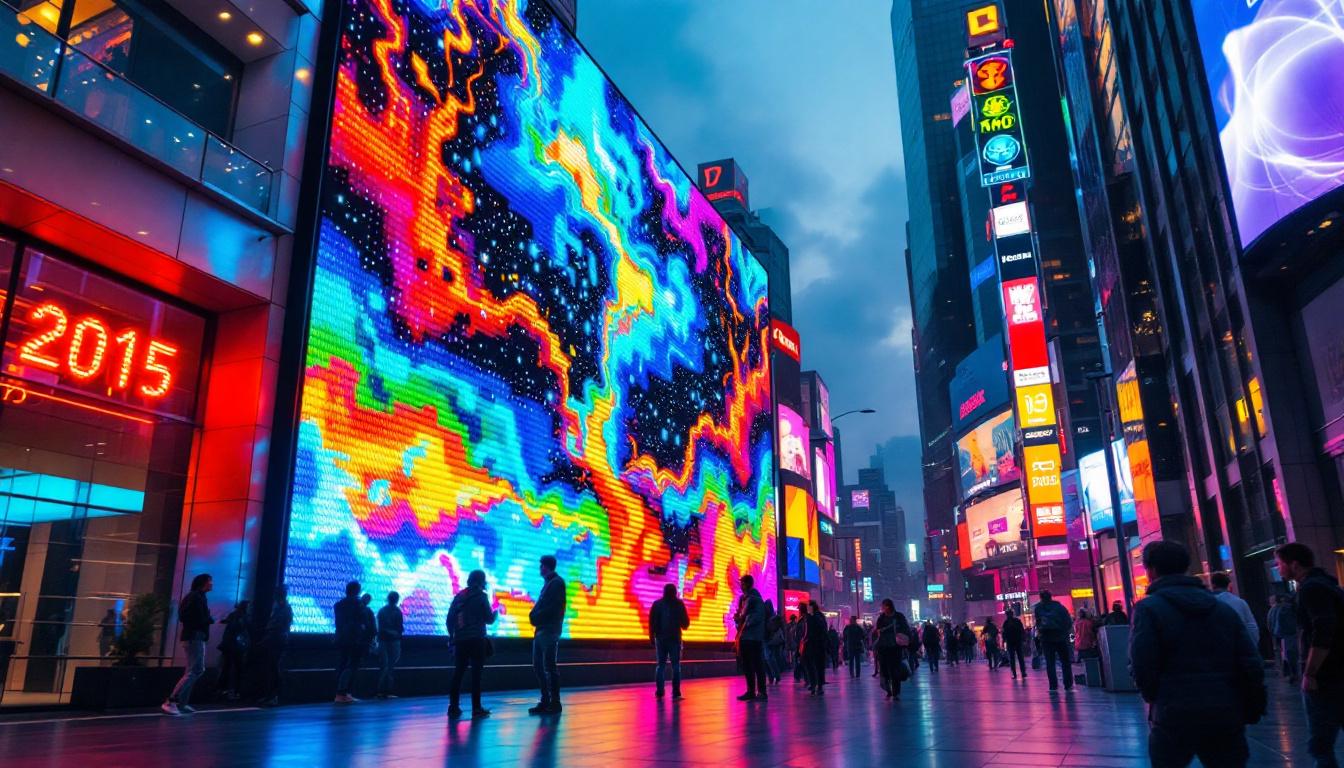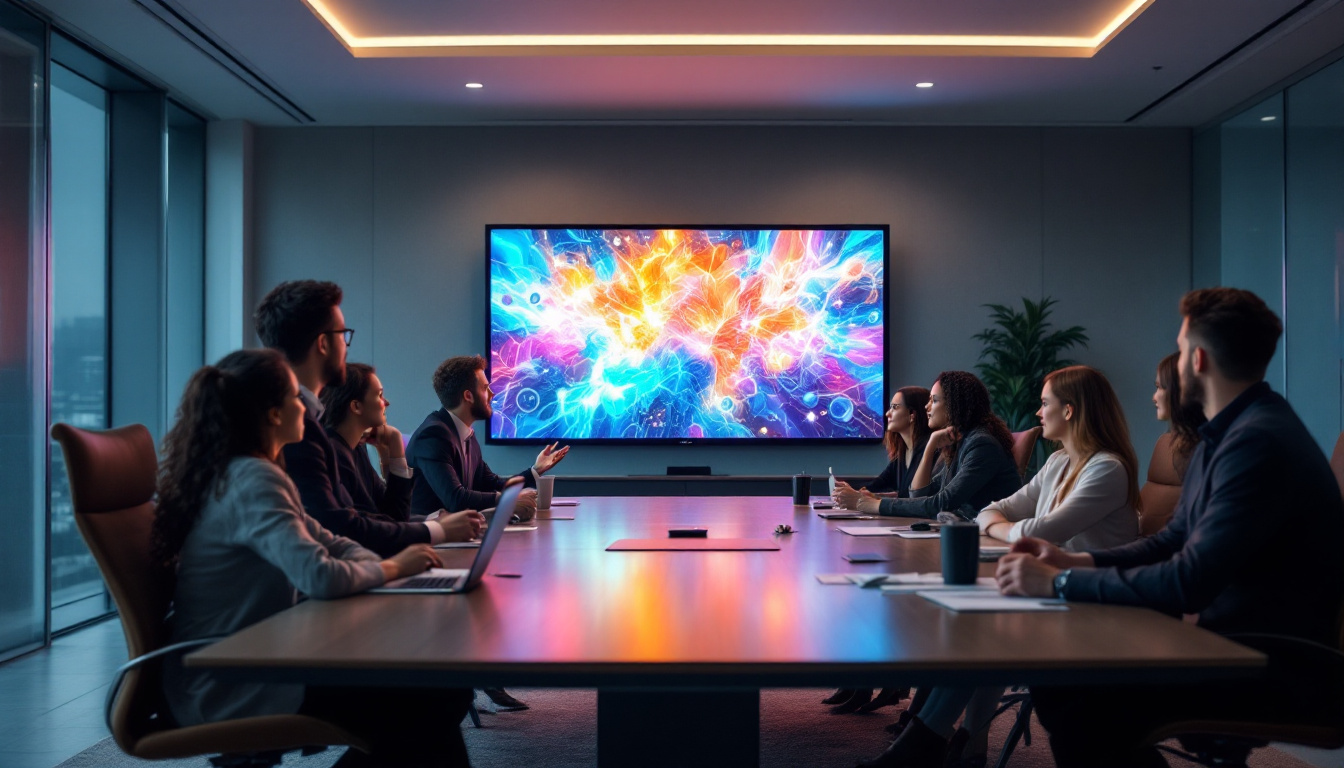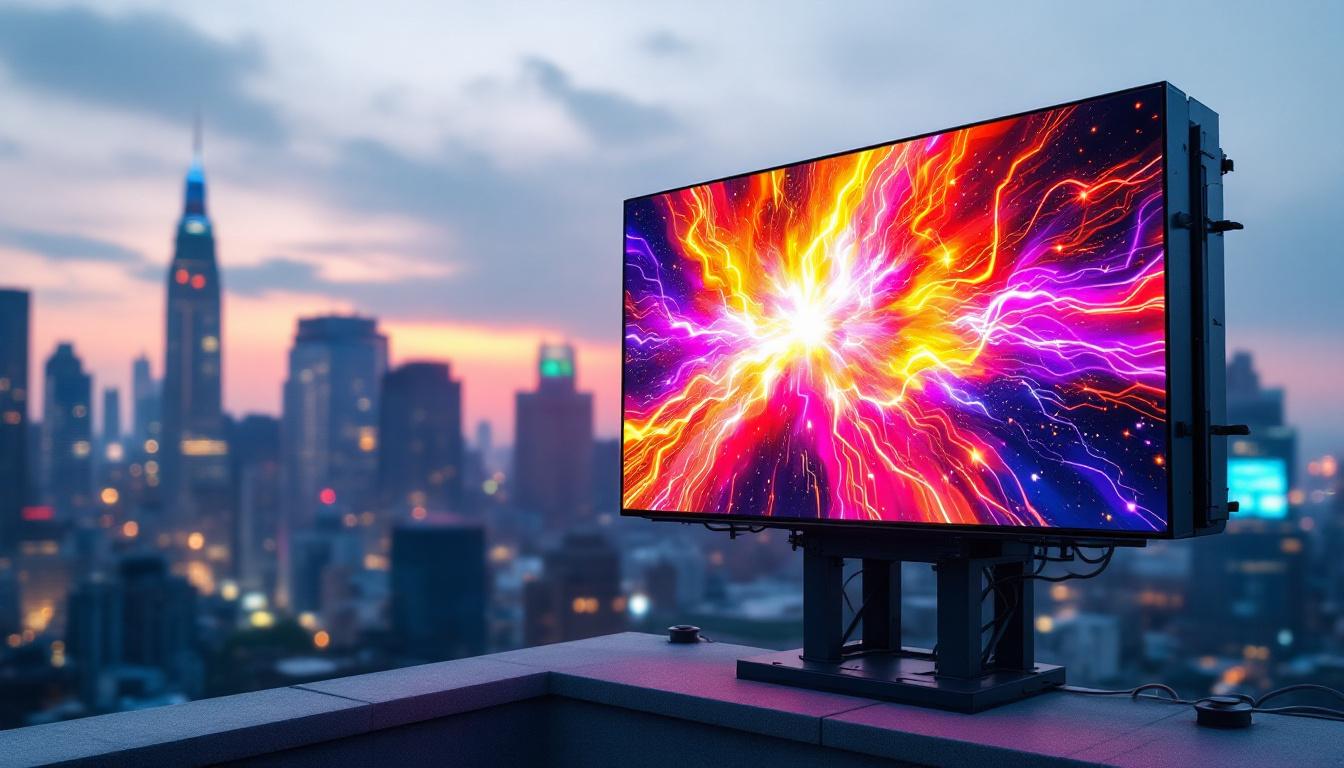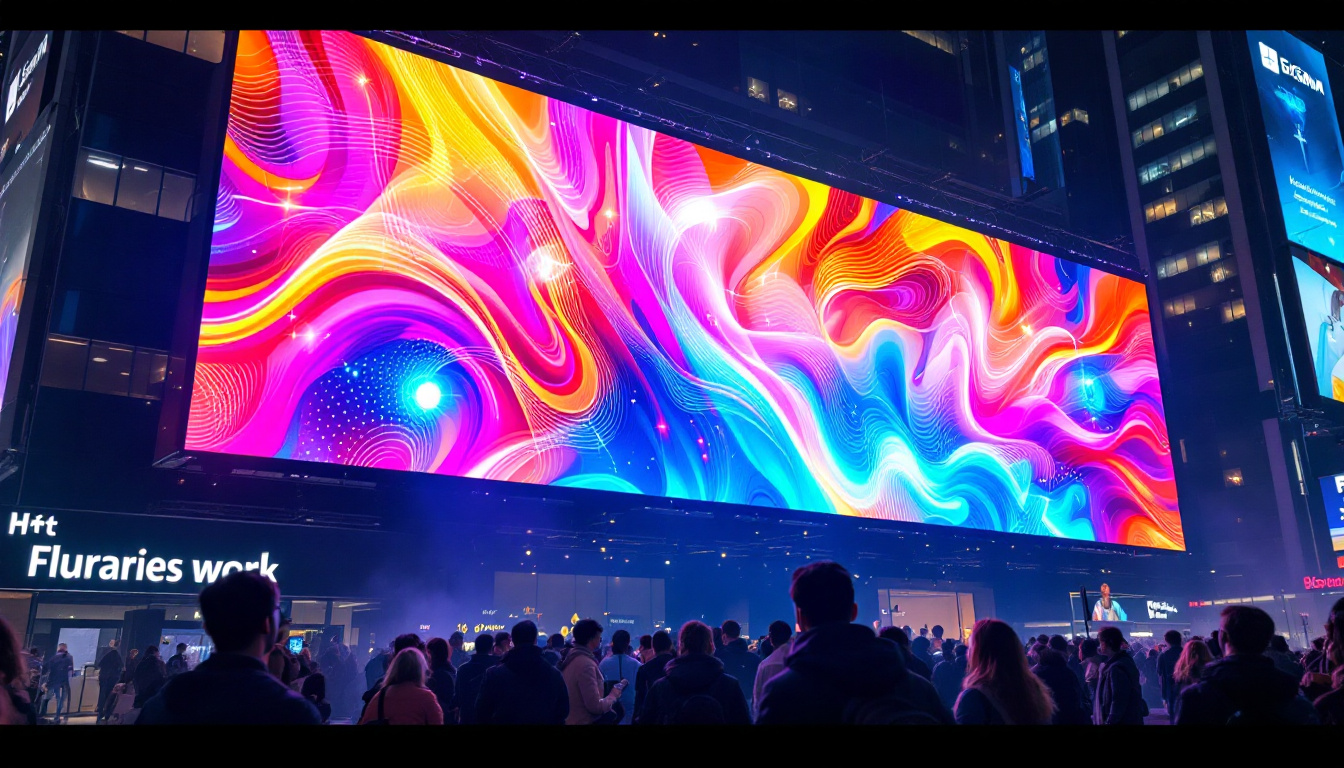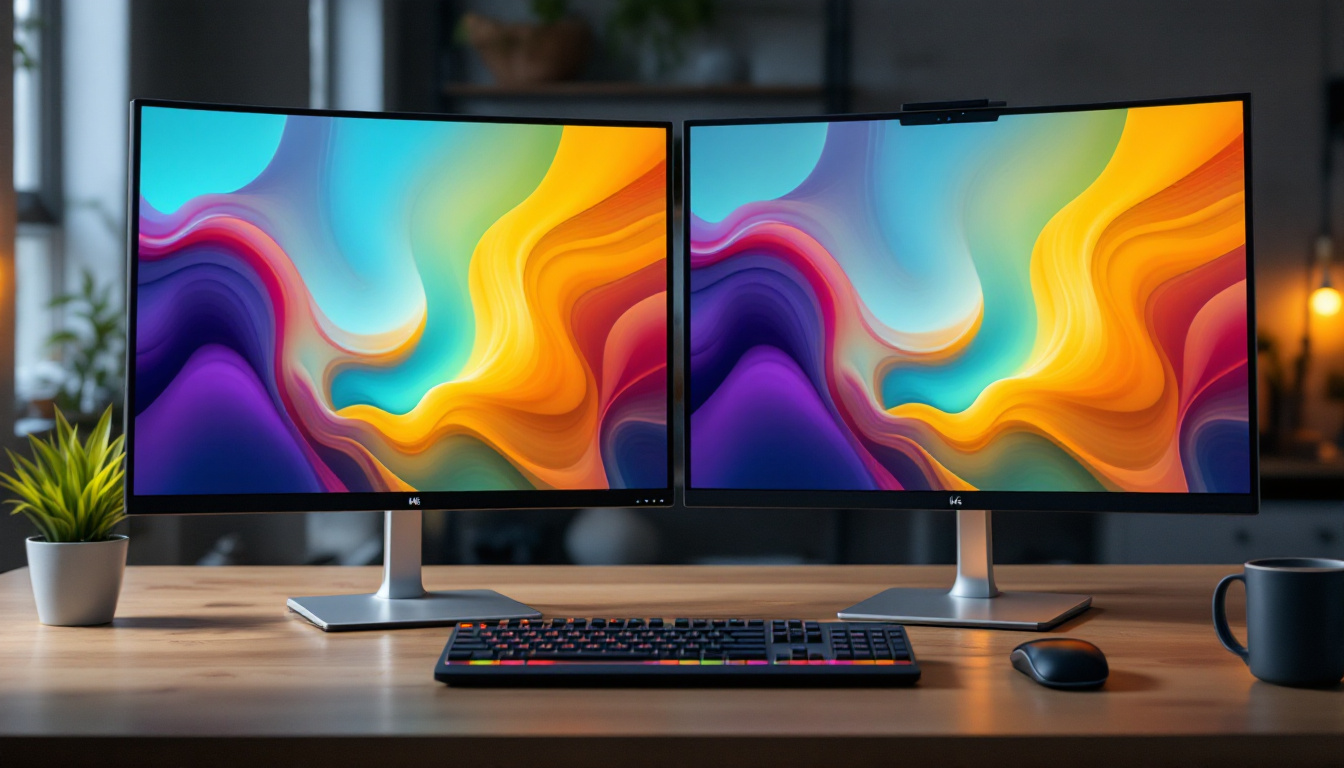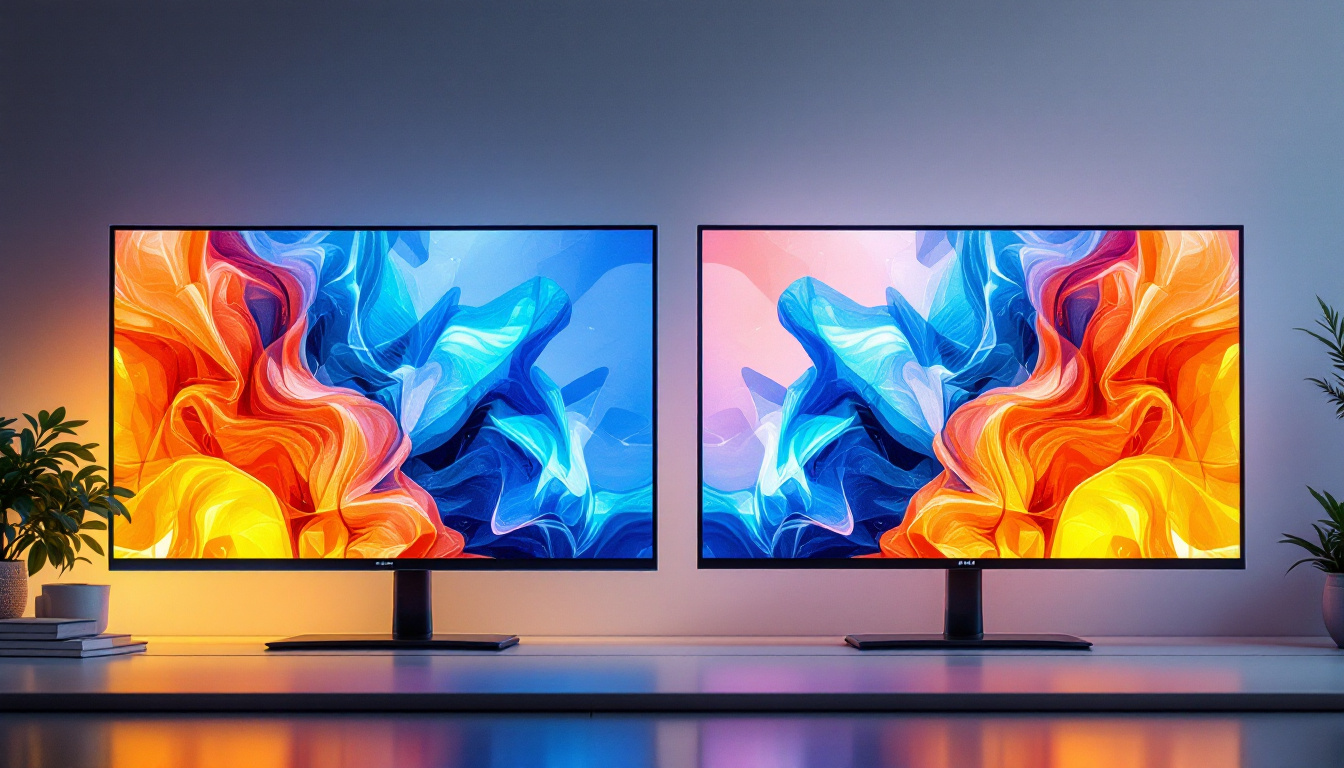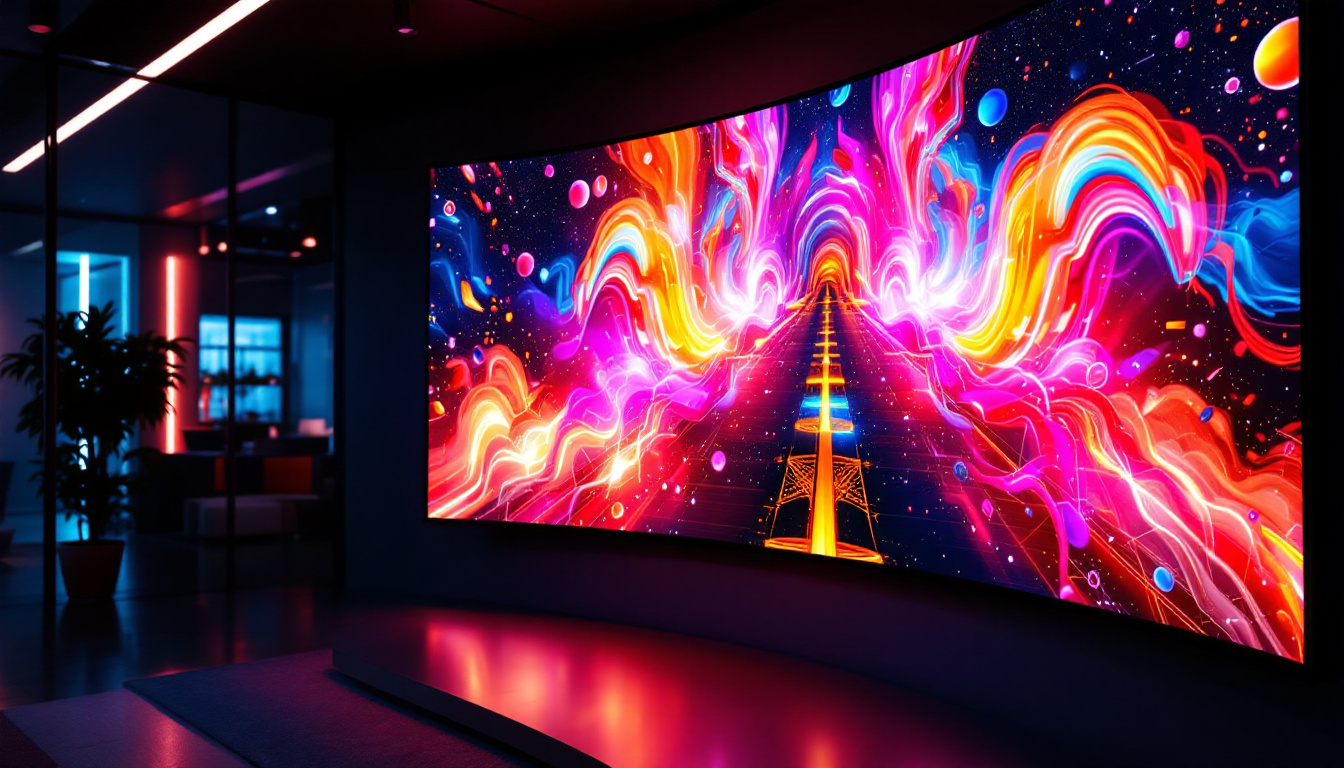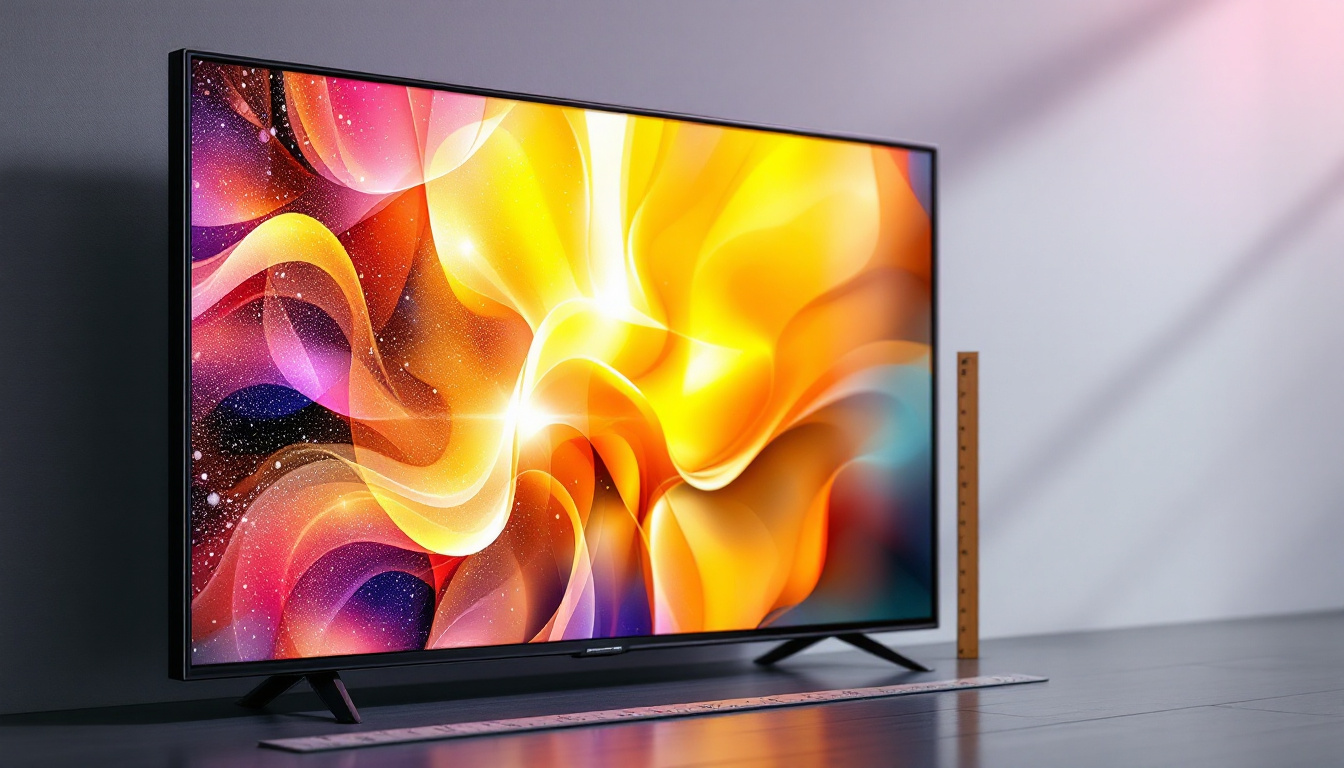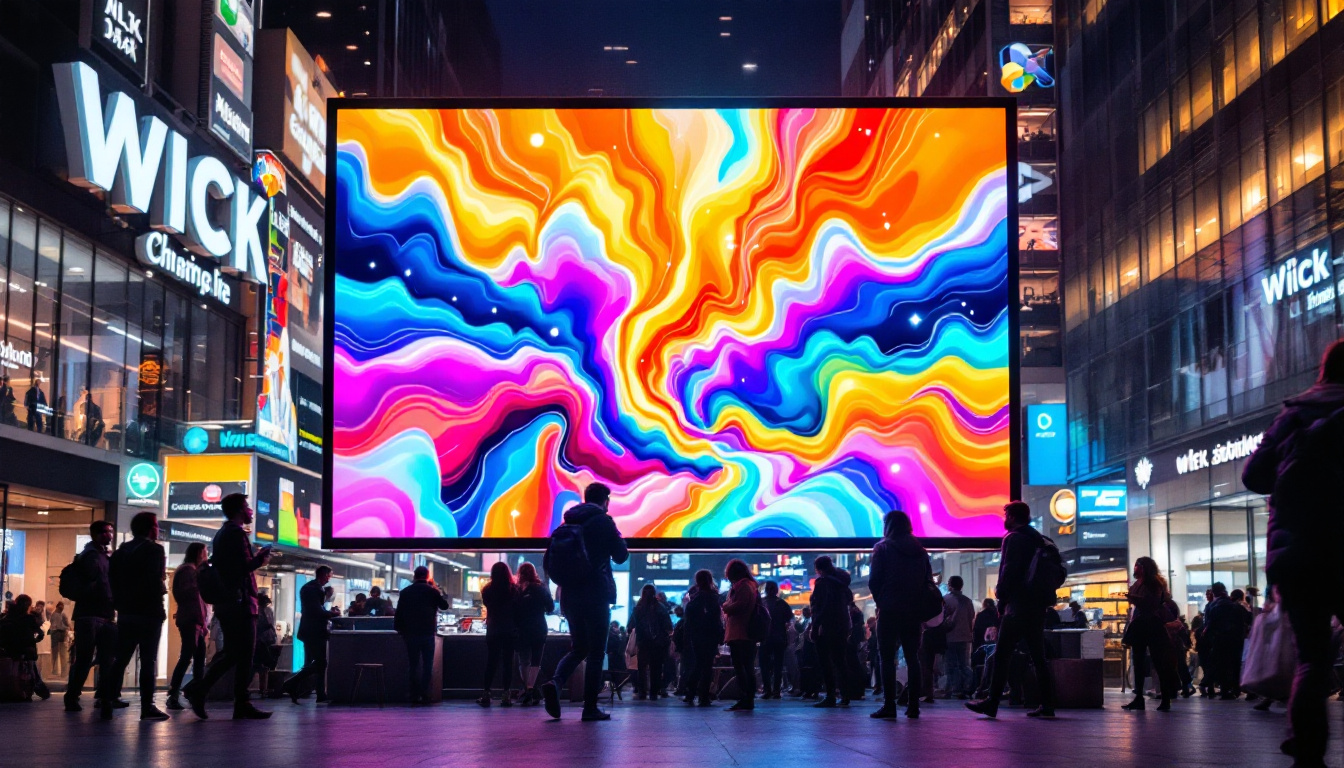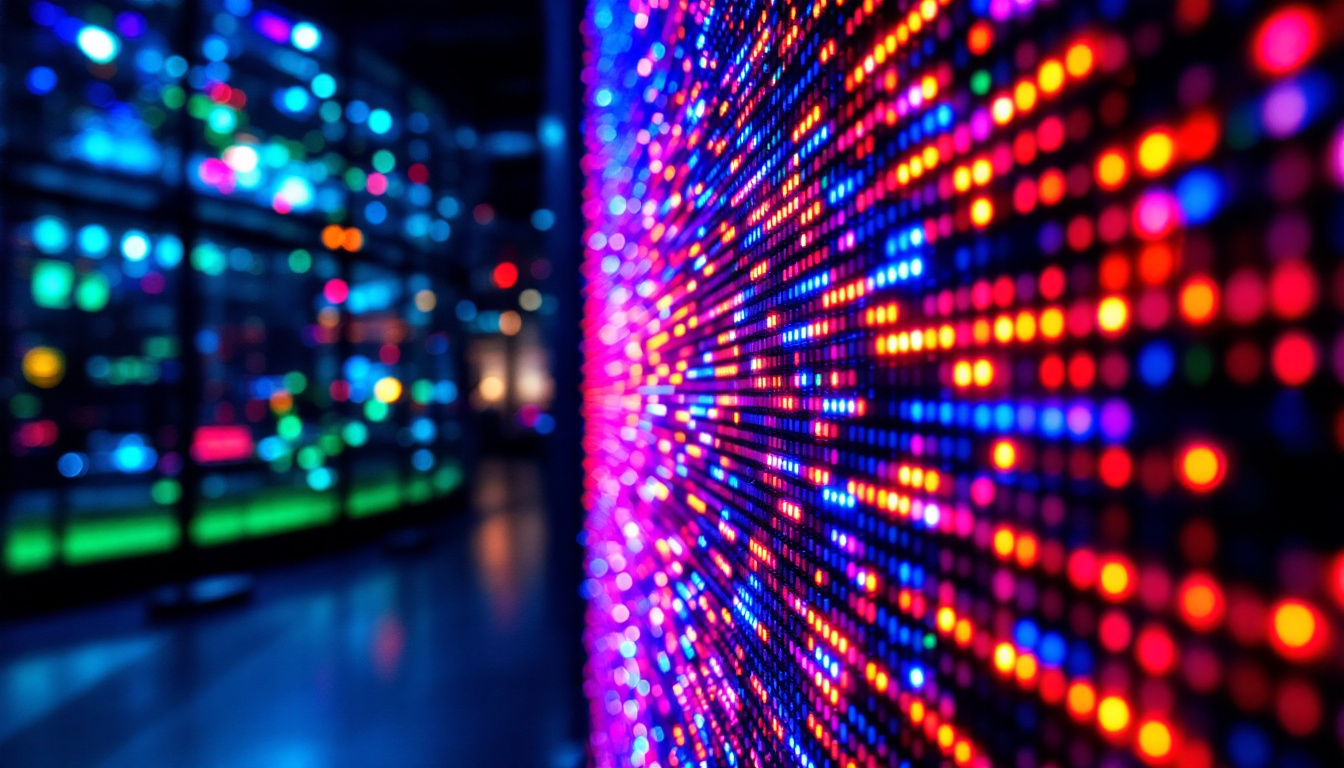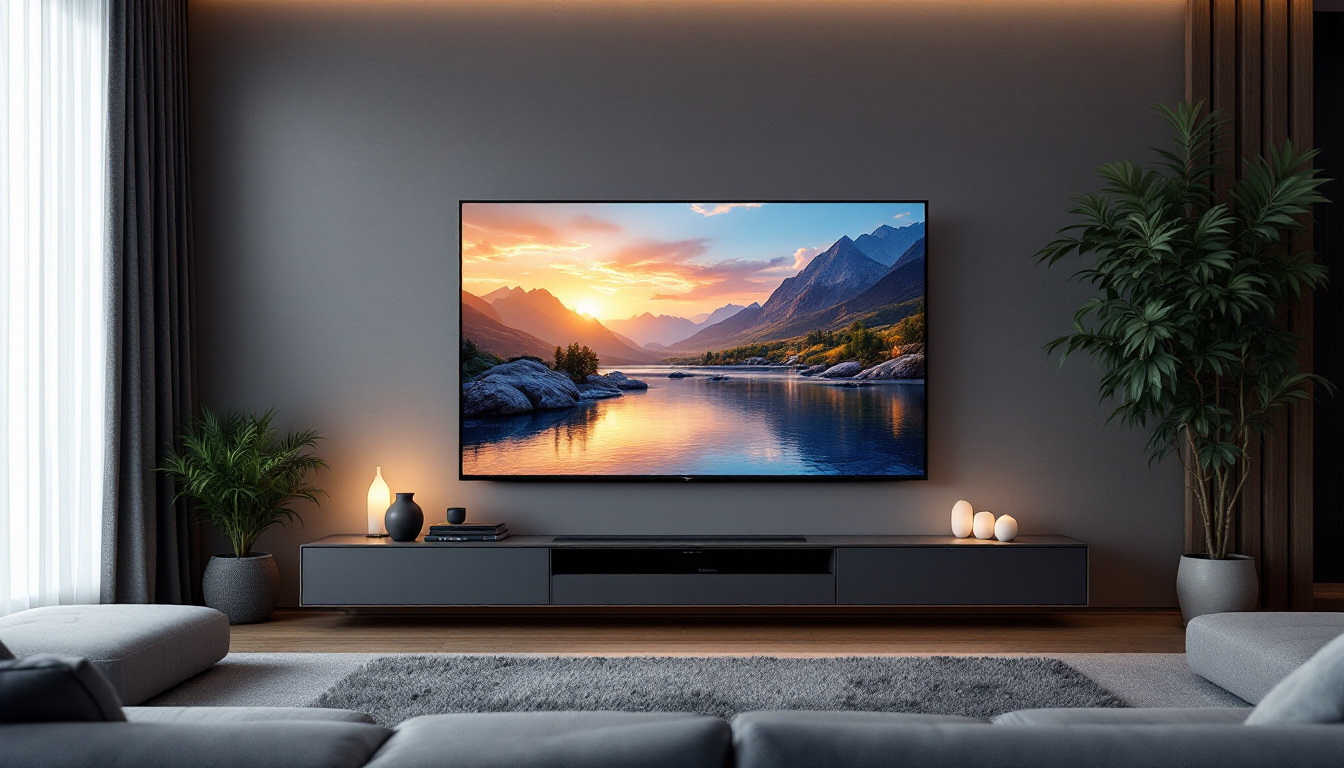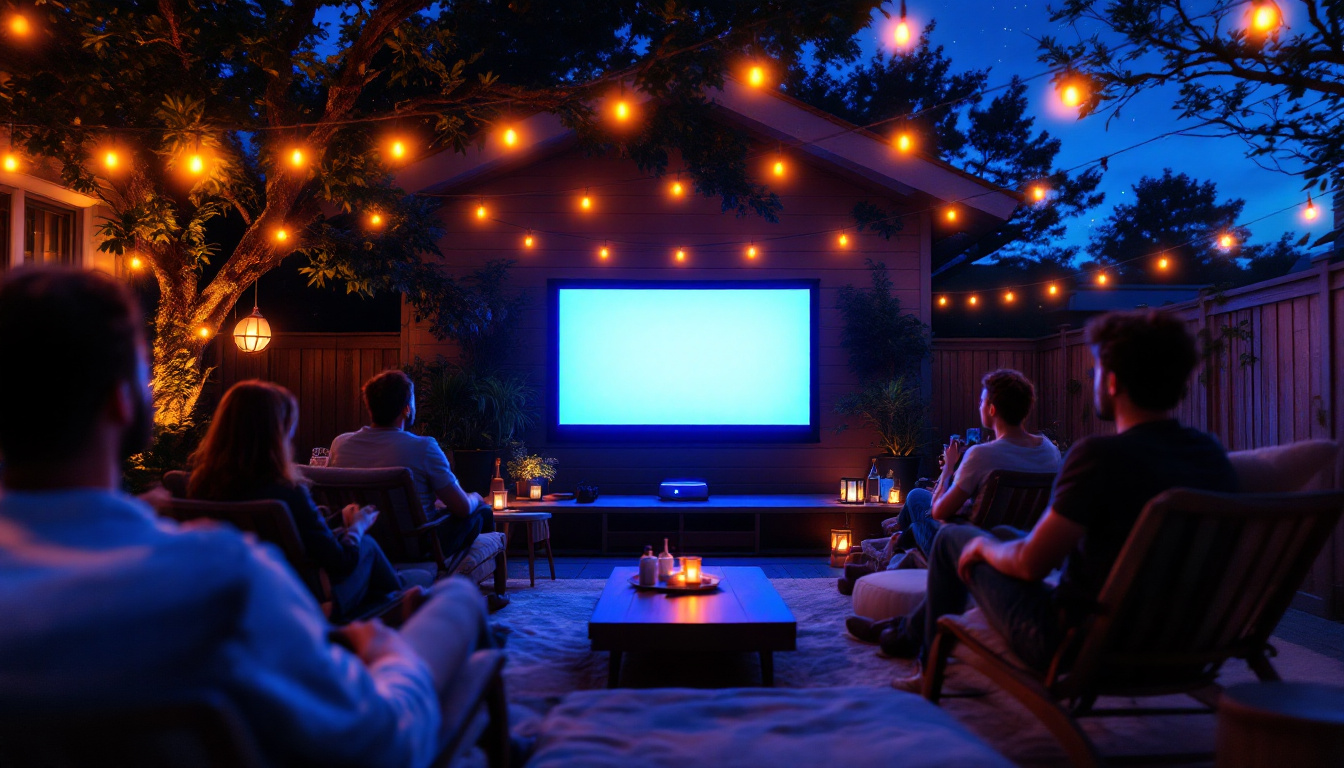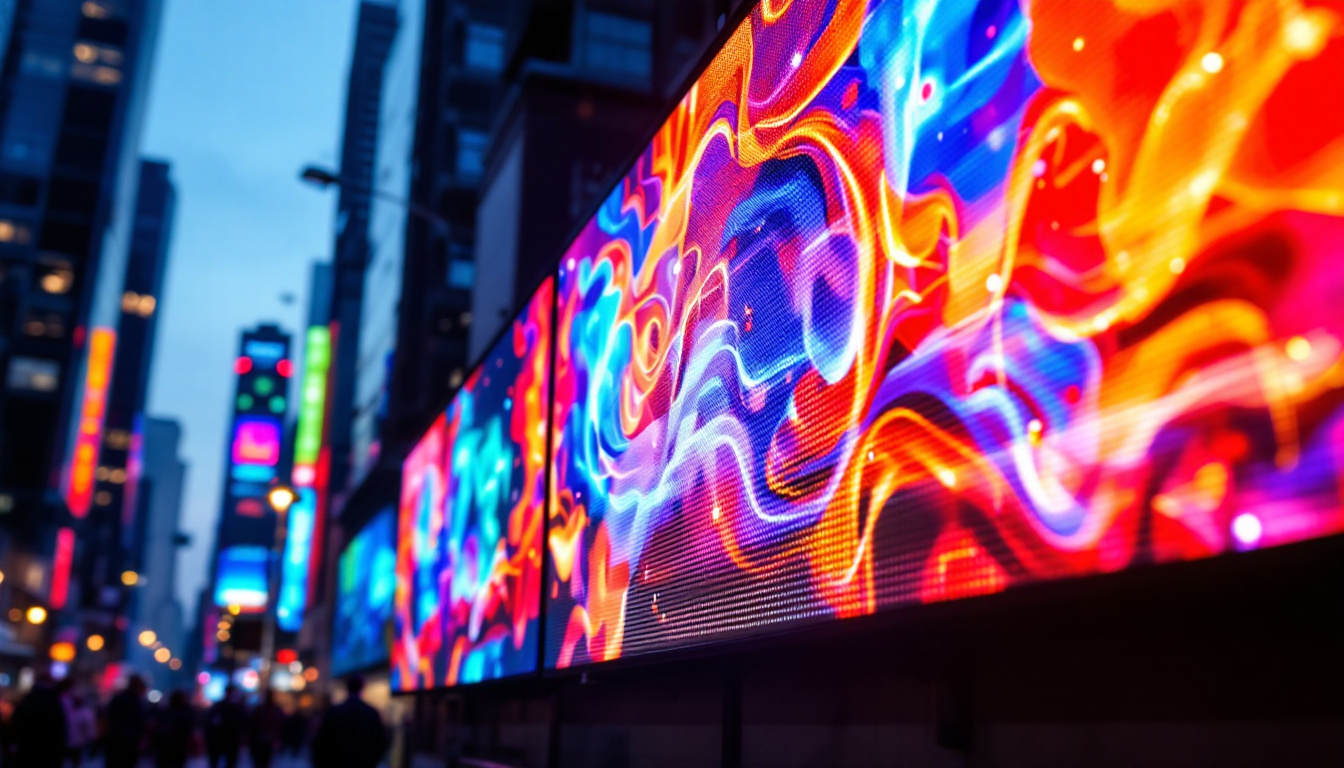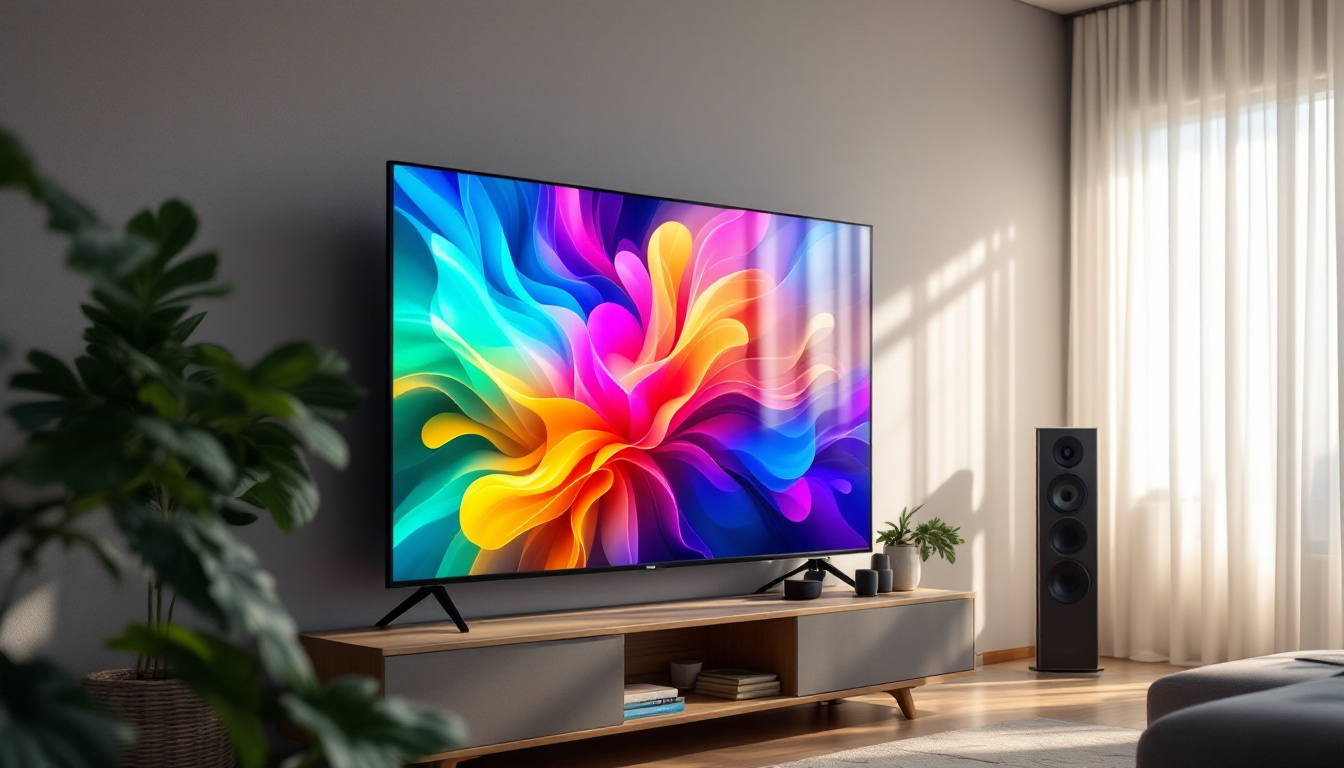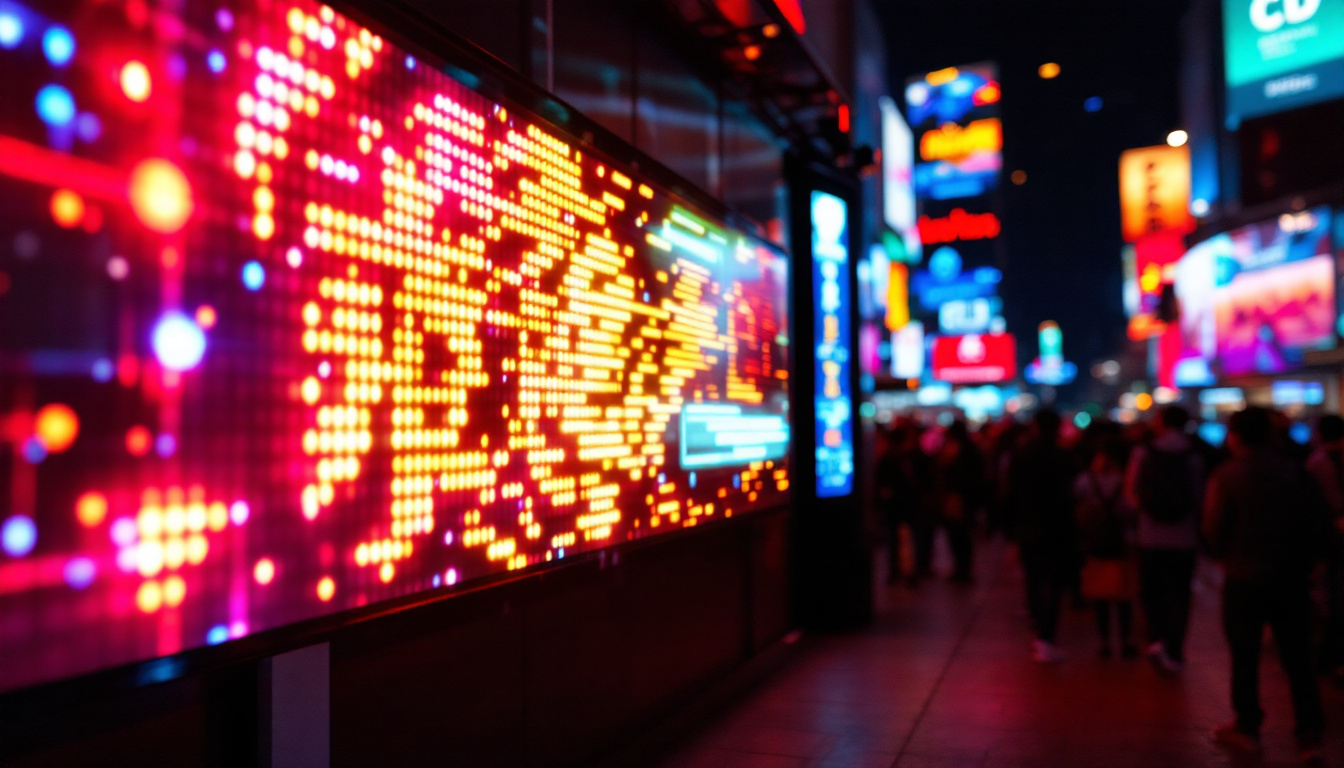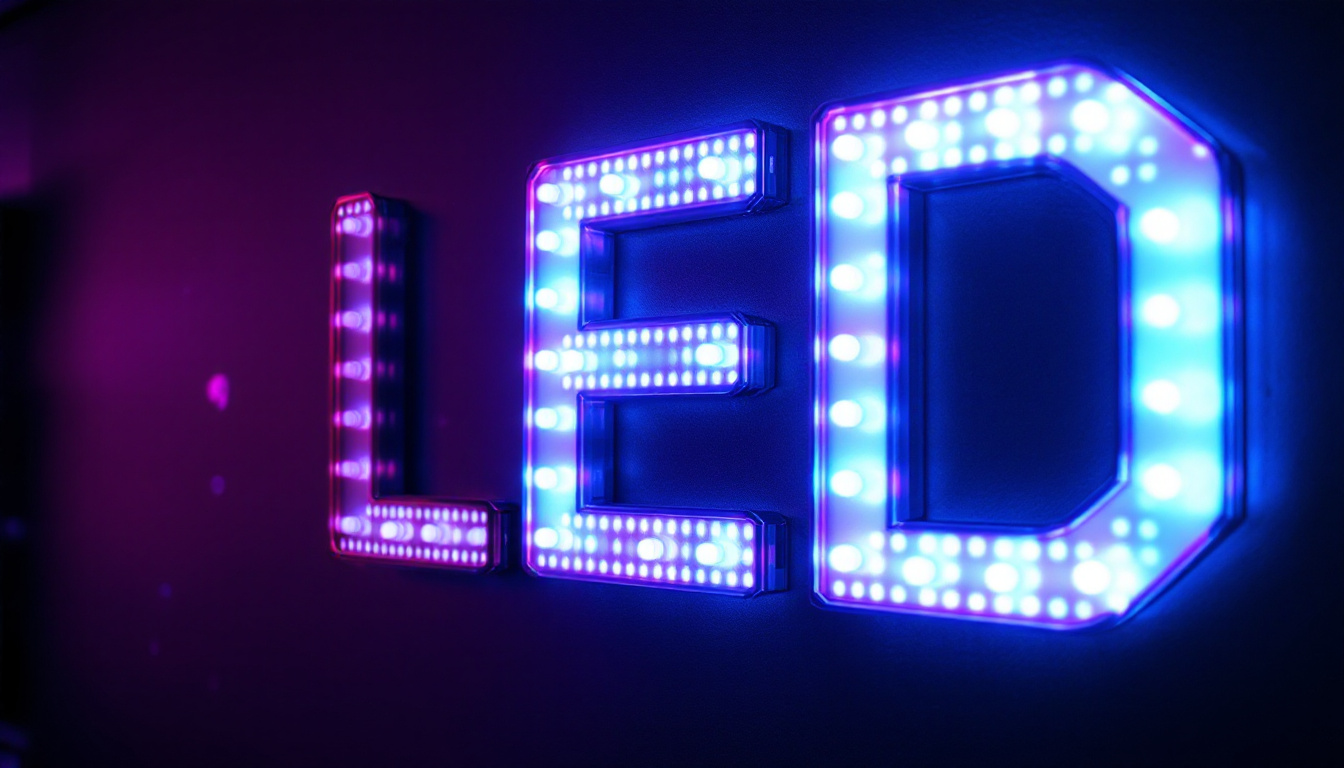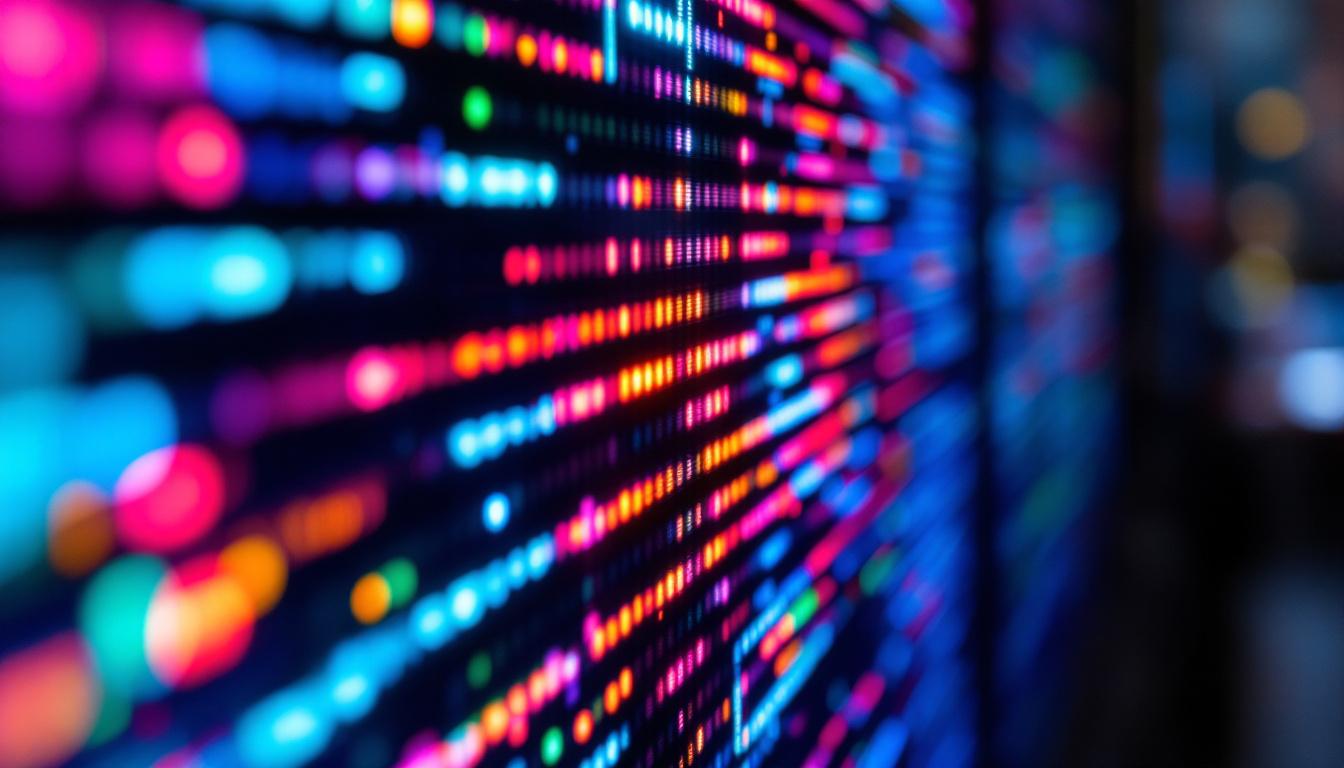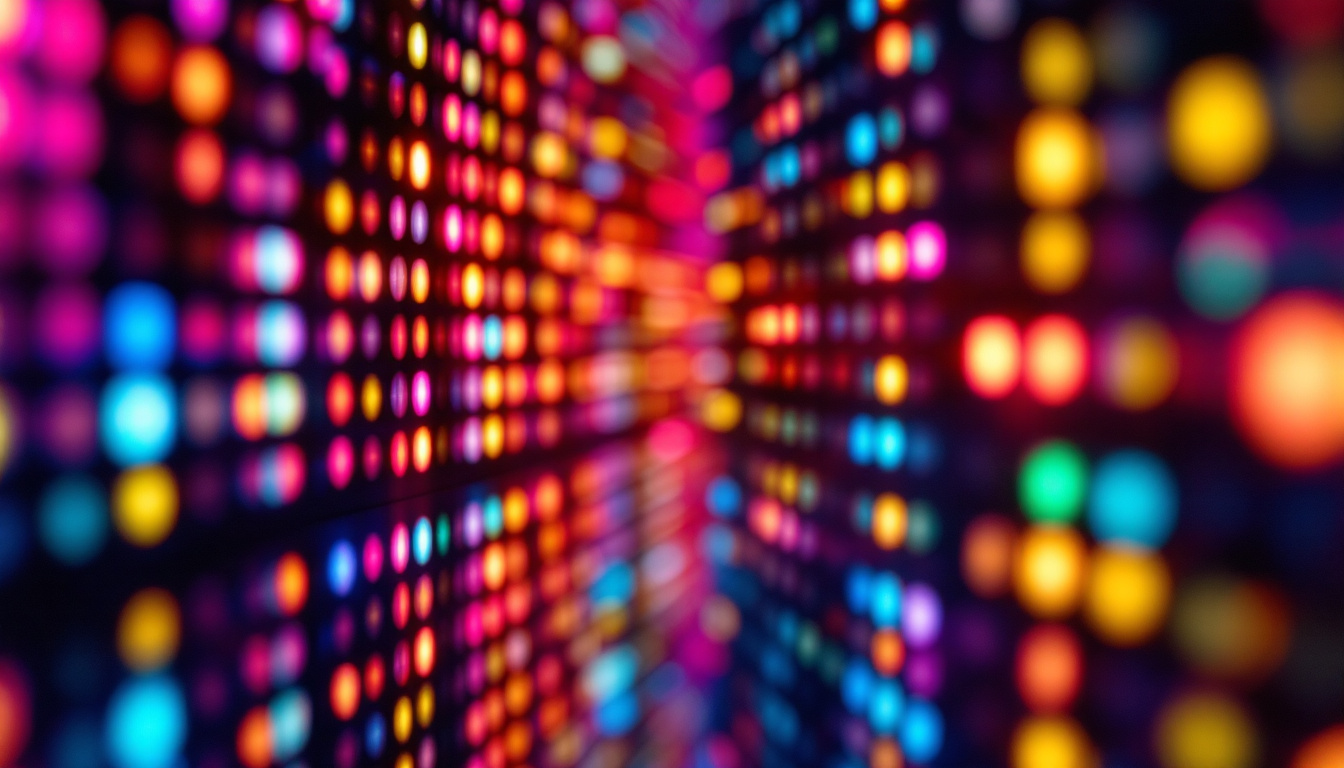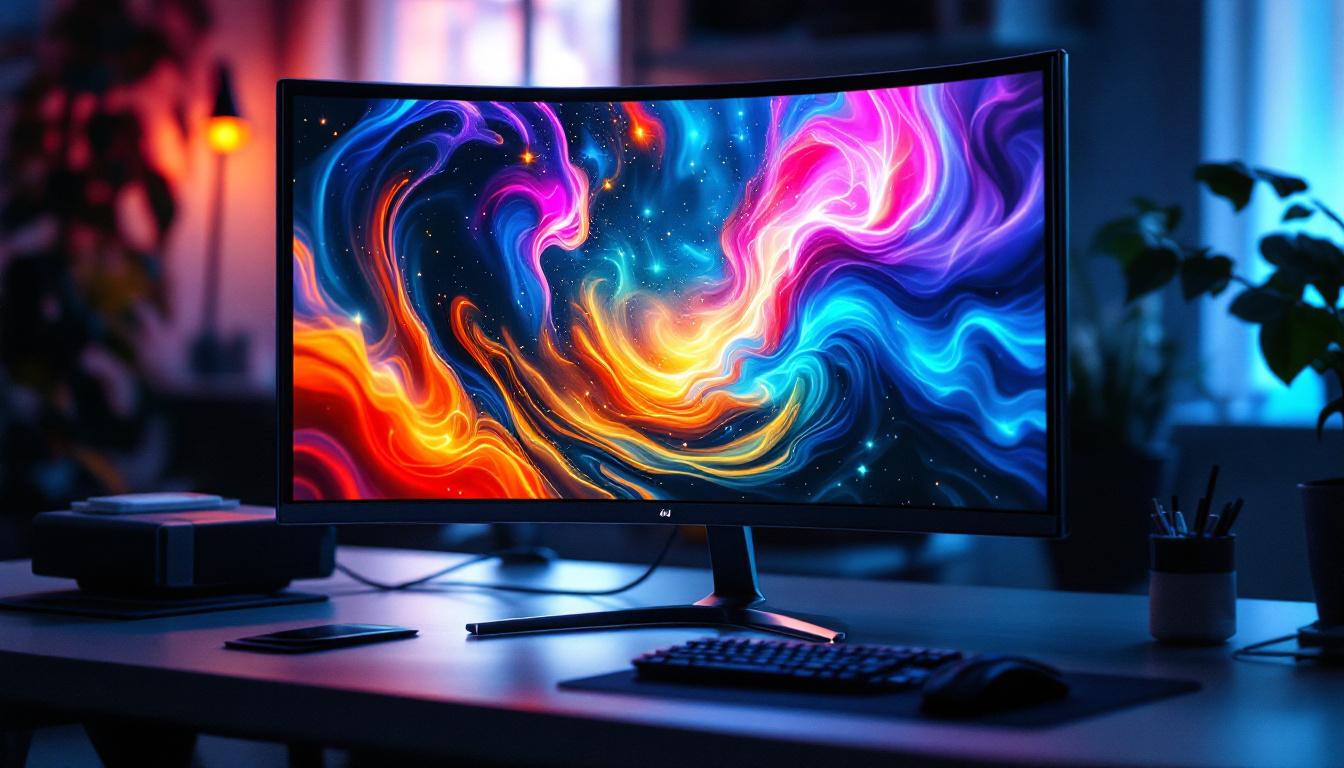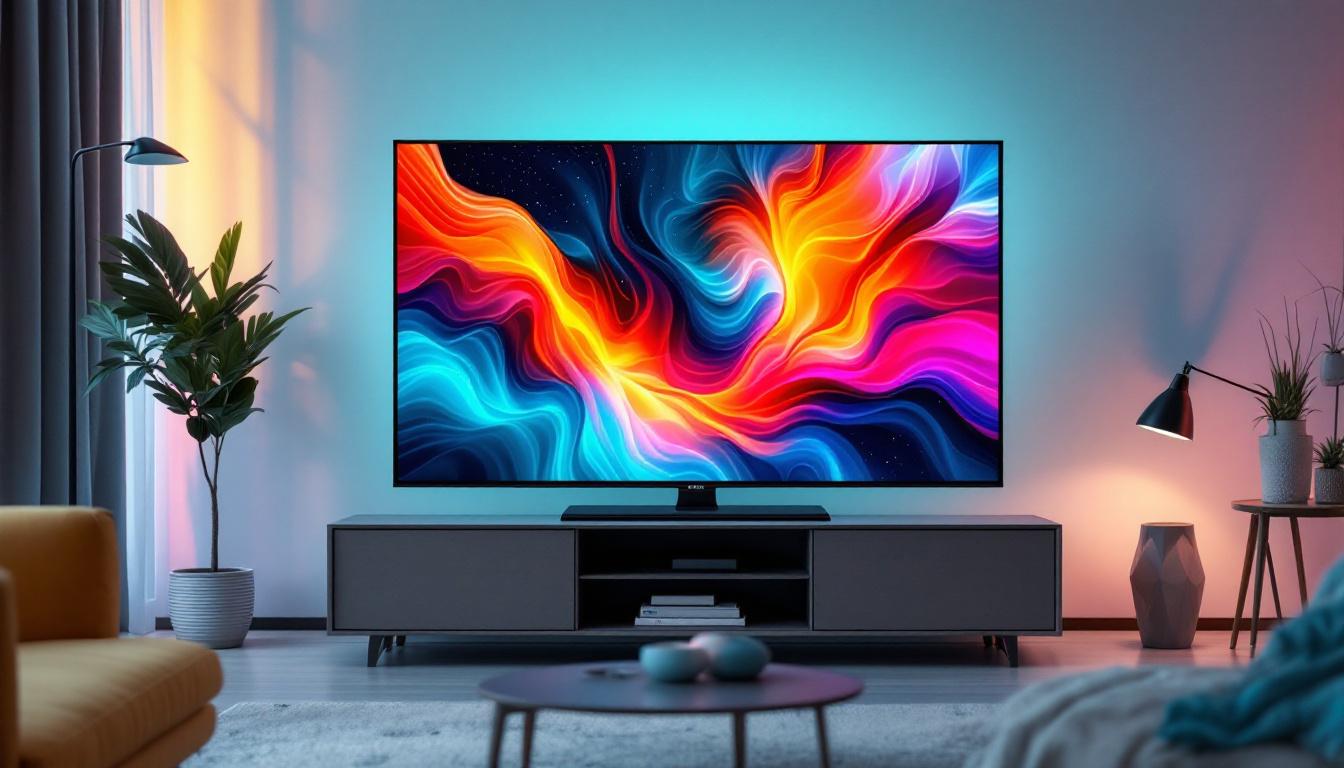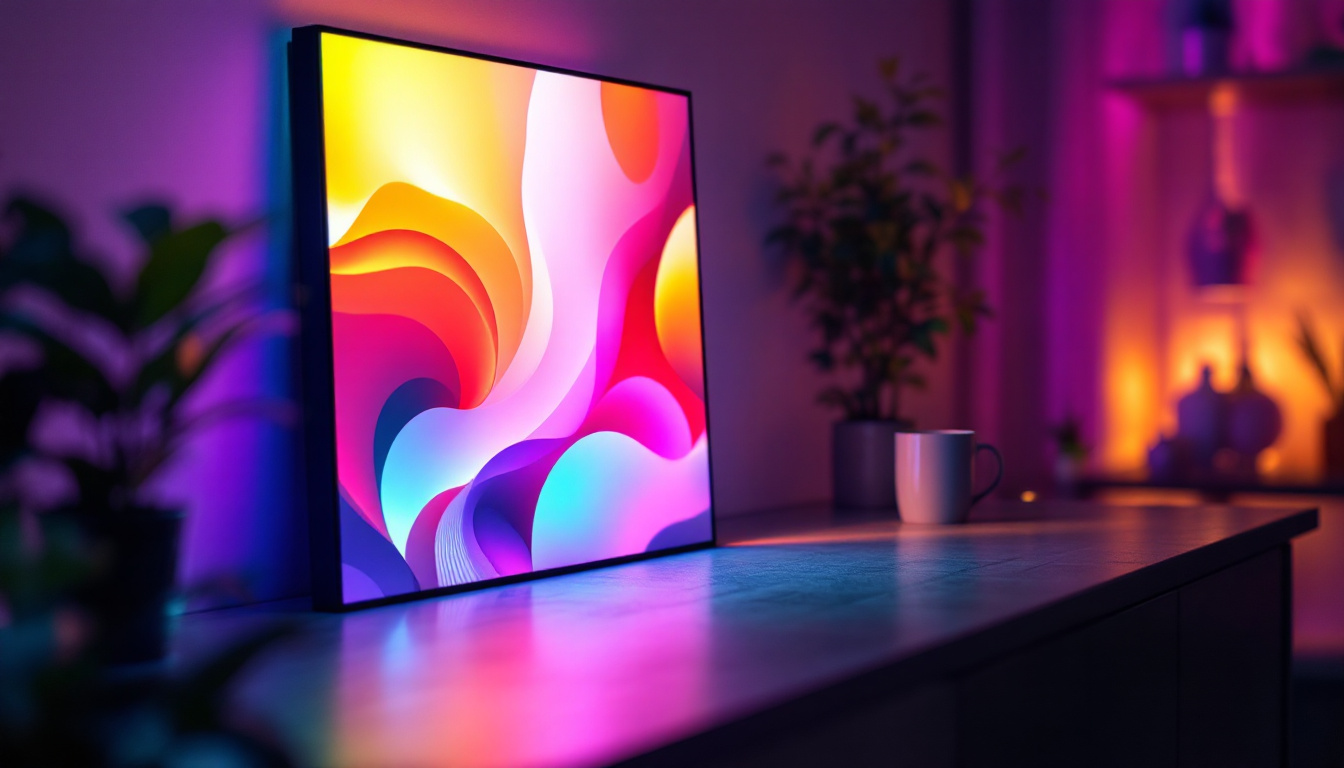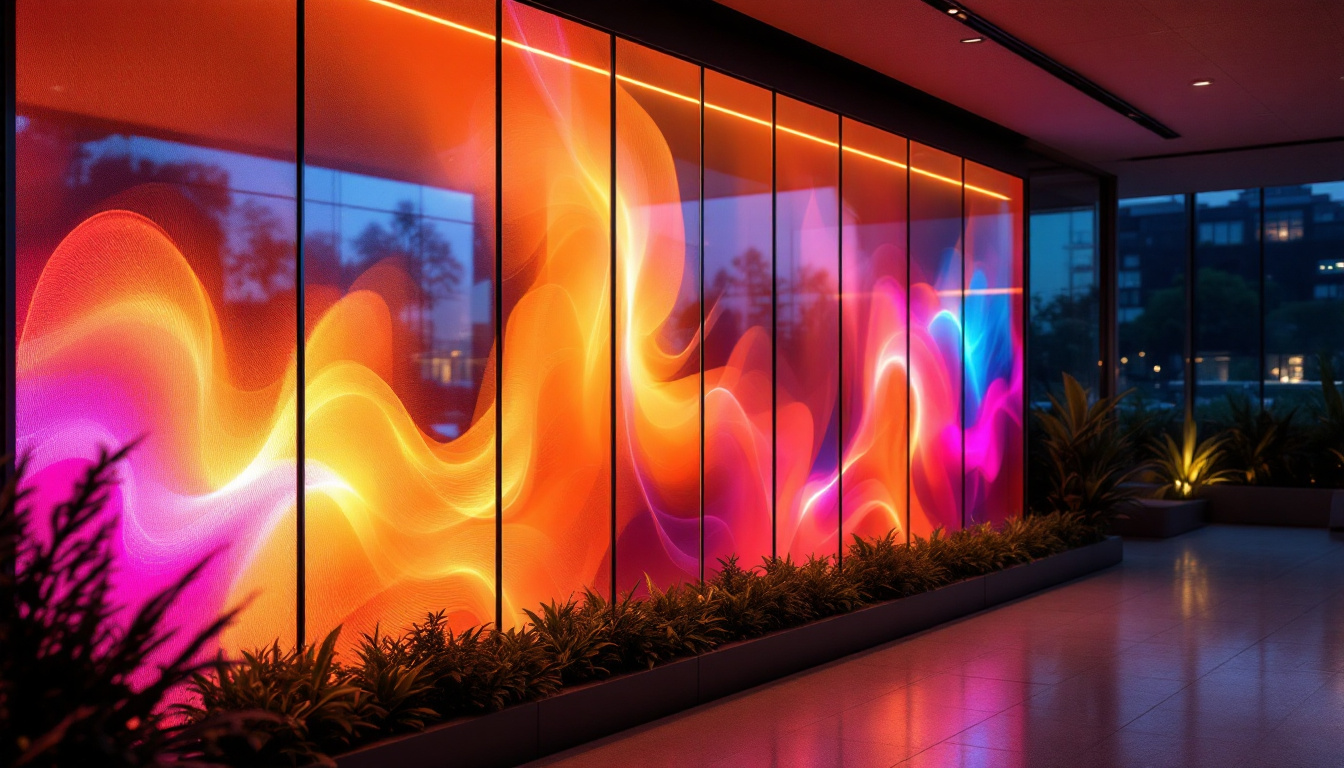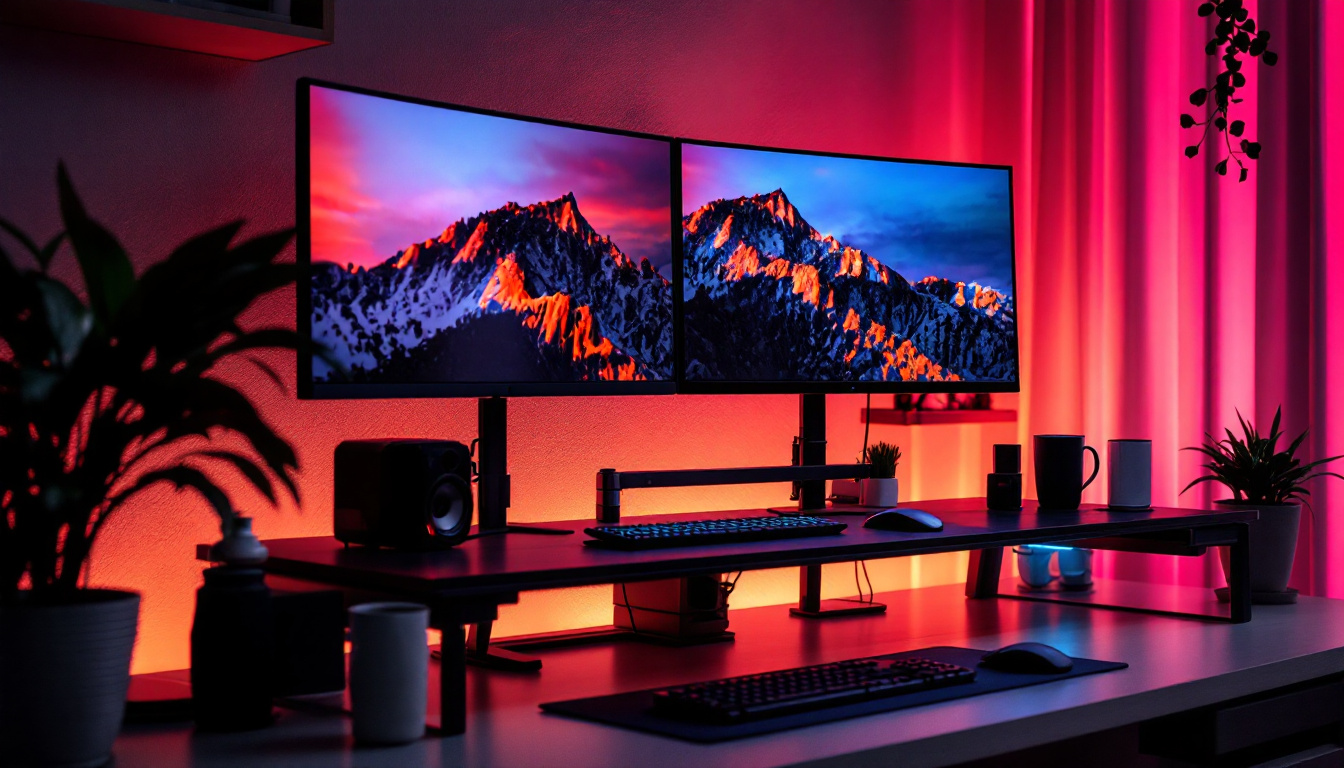Direct View LED TV: LED Display Explained
In recent years, the television industry has witnessed a remarkable transformation, primarily driven by advancements in display technology. Among the various innovations, Direct View LED (DVLED) TVs have emerged as a prominent choice for both consumers and commercial applications. This article delves into the intricacies of DVLED technology, exploring its features, advantages, and how it compares to other display technologies.
Understanding Direct View LED Technology
Direct View LED technology represents a significant leap forward in the way images are displayed on screens. Unlike traditional LED TVs that use a backlight to illuminate an LCD panel, DVLED TVs utilize individual LED modules that emit light directly. This fundamental difference allows for enhanced picture quality and improved performance.
How Direct View LED Works
At the core of DVLED technology is the arrangement of tiny LED pixels that form the display. Each pixel is capable of producing its own light, which means that the screen can achieve true blacks by turning off individual pixels completely. This capability results in a higher contrast ratio and more vibrant colors, making the viewing experience significantly more immersive.
Moreover, the modular design of DVLED displays allows for flexible screen sizes and shapes. This adaptability makes them suitable for a wide range of applications, from home theaters to large-scale commercial installations. The seamless integration of these modules can create expansive displays that captivate audiences. Additionally, the ability to customize the size and aspect ratio of the screen means that users can tailor their viewing experience to fit specific environments, whether it be a cozy living room or a massive outdoor venue.
Key Components of DVLED Displays
Understanding the components of Direct View LED displays is essential for appreciating their functionality. The primary elements include:
- LED Modules: These are the building blocks of the display, consisting of multiple LEDs that work together to create images.
- Control Systems: Advanced control systems manage the brightness, color, and overall performance of the display, ensuring optimal viewing conditions.
- Cooling Systems: To maintain performance and longevity, effective cooling systems are integrated to dissipate heat generated by the LEDs.
In addition to these core components, DVLED displays often incorporate sophisticated calibration tools that allow for fine-tuning of color accuracy and brightness levels. This ensures that the content displayed is as true to life as possible, making it an ideal choice for professional environments such as broadcasting studios and art galleries. Furthermore, the durability of DVLED technology cannot be overlooked; these displays are designed to withstand various environmental conditions, making them suitable for both indoor and outdoor use. This resilience, combined with their stunning visual capabilities, positions Direct View LED technology as a frontrunner in the display market.
Advantages of Direct View LED TVs
Direct View LED TVs offer a plethora of advantages over traditional display technologies, making them a compelling choice for consumers and businesses alike. Here are some of the primary benefits:
Superior Picture Quality
One of the most significant advantages of DVLED technology is its ability to deliver superior picture quality. The individual pixel control allows for deeper blacks and brighter whites, resulting in a more dynamic range of colors. This enhanced contrast ratio makes DVLED displays ideal for viewing in various lighting conditions, from dimly lit rooms to brightly lit environments. Furthermore, the wide color gamut capability of DVLED TVs ensures that viewers experience a more vibrant and lifelike representation of images, enhancing the overall viewing experience whether for movies, sports, or gaming.
Energy Efficiency
DVLED displays are also known for their energy efficiency. Since each pixel can be individually controlled, the overall power consumption can be significantly lower compared to traditional LCD or OLED displays. This not only reduces electricity costs but also contributes to a smaller carbon footprint, making DVLED a more environmentally friendly option. Additionally, many manufacturers are now incorporating advanced energy-saving technologies, such as automatic brightness adjustment based on ambient light conditions, further optimizing power usage and extending the lifespan of the display.
Longevity and Durability
Another noteworthy advantage is the durability of DVLED technology. Unlike OLED displays, which can suffer from burn-in issues, DVLED screens are less susceptible to image retention. Additionally, the solid-state nature of LEDs means that they are generally more robust and can withstand various environmental conditions, making them suitable for both indoor and outdoor applications. This resilience is particularly beneficial for commercial settings, such as digital signage and advertising, where displays are often exposed to varying temperatures and humidity levels. Moreover, the long lifespan of DVLED technology—often exceeding 100,000 hours—means that consumers can enjoy their investment for years without the need for frequent replacements.
Comparing DVLED with Other Display Technologies
To fully appreciate the benefits of Direct View LED technology, it is essential to compare it with other popular display technologies, such as LCD and OLED. Each technology has its unique characteristics, strengths, and weaknesses.
DVLED vs. LCD
While both DVLED and LCD technologies utilize LED backlighting, the key difference lies in how they produce images. LCDs rely on a backlight to illuminate the liquid crystal panel, which can lead to issues such as light bleed and limited contrast ratios. In contrast, DVLED displays provide direct light from individual pixels, resulting in better color accuracy and contrast.
Additionally, DVLED screens offer wider viewing angles compared to traditional LCDs. This makes them more suitable for large audiences, as the picture quality remains consistent regardless of the viewer’s position. Furthermore, DVLED technology is inherently more energy-efficient, as it can adjust the brightness of individual pixels, reducing overall power consumption. This aspect not only contributes to lower operational costs but also aligns with growing environmental concerns, making DVLED a more sustainable choice in the long run.
DVLED vs. OLED
OLED (Organic Light Emitting Diode) technology is often praised for its exceptional picture quality and vibrant colors. However, it does have its drawbacks, particularly concerning longevity and susceptibility to burn-in. On the other hand, DVLED displays provide similar picture quality without the risk of burn-in, making them a more reliable choice for varied content.
Moreover, DVLED technology can achieve larger screen sizes more easily than OLED, making it a preferred option for commercial installations and large venues. The modular nature of DVLED allows for seamless scaling, enabling businesses to create expansive video walls that can be tailored to specific dimensions and configurations. This flexibility not only enhances the visual experience but also opens up new possibilities for creative displays in advertising, entertainment, and information dissemination. Additionally, advancements in DVLED technology continue to improve brightness levels and color performance, further narrowing the gap with OLED, while maintaining its advantages in durability and versatility.
Applications of Direct View LED Displays
Direct View LED displays are versatile and can be utilized in a wide array of applications. Their adaptability and high performance make them suitable for both residential and commercial environments.
Residential Use
In the home entertainment sector, DVLED TVs are becoming increasingly popular. Their ability to deliver stunning picture quality makes them ideal for movie nights and gaming experiences. Additionally, their sleek design and customizable sizes allow homeowners to create a visually appealing media setup that complements their living space.
Commercial Use
In commercial settings, DVLED displays are often employed for advertising, information dissemination, and entertainment purposes. Retailers use large DVLED screens to showcase promotional content, while venues such as stadiums and concert halls utilize them for live event broadcasting. The ability to create large, eye-catching displays makes DVLED technology a valuable asset in the competitive commercial landscape.
Events and Exhibitions
For events and exhibitions, DVLED displays offer a dynamic solution for engaging audiences. Their modular nature allows for creative configurations, enabling event organizers to design unique displays that capture attention. Whether used for presentations, trade shows, or immersive experiences, DVLED technology enhances the overall impact of any event.
Future of Direct View LED Technology
The future of Direct View LED technology appears promising, with ongoing advancements poised to further enhance its capabilities. Innovations in pixel density, color accuracy, and energy efficiency are expected to drive the evolution of DVLED displays.
Emerging Trends
As technology continues to advance, trends such as microLED and miniLED are gaining traction. These technologies offer even greater pixel density and improved performance, pushing the boundaries of what is possible in display technology. As manufacturers invest in research and development, consumers can anticipate even more impressive DVLED products in the coming years.
Integration with Smart Technology
Furthermore, the integration of smart technology into DVLED displays is likely to become more prevalent. Features such as built-in streaming capabilities, voice control, and compatibility with smart home systems will enhance user experience and convenience. This evolution will make DVLED TVs not just a display solution, but a central hub for entertainment and information.
Conclusion
Direct View LED technology represents a significant advancement in display technology, offering superior picture quality, energy efficiency, and durability. Its versatility makes it suitable for a wide range of applications, from home entertainment to commercial use. As the technology continues to evolve, consumers can expect even more innovations that will enhance their viewing experience.
In a world where visual content is more important than ever, Direct View LED TVs stand out as a compelling choice, combining cutting-edge technology with practical benefits. Whether for personal use or commercial applications, DVLED displays are poised to play a crucial role in the future of visual entertainment.
Explore the Future of Visual Entertainment with LumenMatrix
Ready to experience the pinnacle of display technology? LumenMatrix is at the forefront of LED innovation, offering a diverse range of LED display solutions that bring your visual content to life. From immersive Indoor LED Wall Displays to dynamic Outdoor LED Wall Displays, and from versatile Vehicle LED Displays to sleek LED Poster Displays, our products are designed to maximize brand visibility and audience engagement. Discover how our LED Sports Displays, Floor LED Displays, Custom LED Displays, All-in-One LED Displays, and LED Transparent Displays can transform your space and captivate your audience. Embrace the future of visual communication with LumenMatrix and make a lasting impact. Check out LumenMatrix LED Display Solutions today and step into a world of unparalleled clarity and vibrancy.

